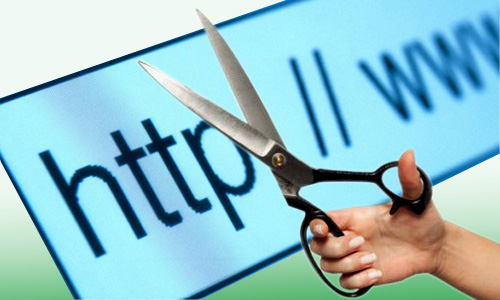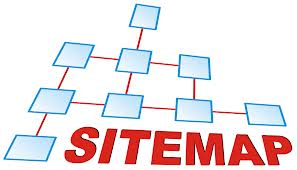How to Create Logos
So, you’d want to create a logo for your business or group. If you have the financial resources, our first advice is to hire or commission a designer for your project. Designing a logo may seem to be a simple task, but it isn’t a piece of cake. A professional will give better advice. Furthermore, you get what you pay for, and we want you to have the finest possible experience. However, if you need to start developing your brand’s visual identity and can’t afford to hire a designer, we’re here to help.
How to Create a Logo for a Business, Company, or Personal Use
A logo design is the first impression of your brand, which helps you to expand your business. Here’s a step-by-step guide to creating the ideal logo.
- Begin by telling your story
It’s hardly the most lyrical remark, but it’s the one you should start with. And, to run a successful company, you must be able to sell your story as well as your product. Buyers relate considerably more strongly to tales than they do to the simple facts of your goods, according to today’s marketers. To you, what does this imply? For your logo to be effective, it must tell a narrative. Take some time to question yourself what the narrative behind your firm is before you even consider what this logo will look like.
- Make a list of words that describe your company.
It’s time to move your logo draft from plot to setting now that you’ve got your tale. Open Thesaurus.com and type a phrase into the search field that best represents your product. Find five to ten words that define not just what you do, but also why you do it, as described in the previous stage. Each of these words may fit together like jigsaw pieces to help you refine a thought.
- Make a drawing based on these words.
Grab a pencil and paper, and start sketching any concept that comes to mind, armed with your why and a few keywords for guidance. Allow each new notion to develop independently. Keep these suggestions in mind while you draw up your logo concepts:
- Maintain a basic contour. You’re in excellent condition if you can draw the most symbolic components in seven seconds or less. Any popular clip-art artwork or generic symbols like a globe, star, or similar iconography that people may readily recognize from other locations should be avoided at all costs. At first sight, they are readily overlooked. Your final logo will be better if you are more imaginative at this stage. Your logo is the first thing your customers will notice. In this piece of art, be sincere.
- Colors can be your greatest friend or your worst adversary depending on how you use them. Color should be included in your logo, but you should be judicious about the colors you use. Keep current color trends in mind, both now and in the future, as well as in your target market. As a general guideline, no more than three colors should be used. Choose a color or a collection of colors that will set you out from the crowd. Please don’t utilize the whole rainbow for the sake of marketing!
- Run a test with your buyer personas on your top sketches.
Take a step back after you’ve completed a few different drawings on paper and choose the best three ideas. Don’t overthink it; just think about the designs that keep drawing your attention and choose a few to show others. Share these final drafts with your friends, family members, and a colleague you trust. If at all feasible, show these drawings to someone who most closely resembles your buyer persona — or your ideal client profile. Not only does this provide you with the most productive opinion on your artwork, but it may also show how clients will see your brand, rather than simply the individuals near to you.
- Design the layout of your logo using a free design platform.
Getting technical and converting your paper design into a digital version is now the next step. You may use one of the numerous free design platforms accessible to you to bring your drawing to life in digital format, which will allow you to bring this design to life. A few free options are listed below.
- Logo Crisp
- Looka
- DesignMantic
- GraphicSprings
However, although the tools listed above may assist you in converting your drawn logo into digital format, bringing your design to life for a corporate audience will need some technical guidance. The design of the layout is one of the most crucial aspects to consider. Make certain that all of your text and forms are correctly spaced, and that the logo itself is aligned with the rest of the design elements on the page.
- Select colors that are versatile.
Your logo’s color scheme may appear fantastic when compared to the color of the canvas on which it was developed, but your logo will ultimately be put on backdrops whose colors you did not choose when designing your logo.
- Select a Font
Text and visuals should be used in conjunction at this time. If your selected drawing is mostly comprised of a form or symbol rather than words, start thinking about how you’ll include the textual name of your organization. Consider the font that will be used for this text if your company’s name is ever used alone, without the accompanying symbol.
- Make certain that the system is scalable.
Logos are intended to represent your company across a variety of platforms. For example, in print, on your website, on each of your social media business sites, and, as your company expands, throughout the whole internet and beyond. You need a logo that can be printed at a huge size on a billboard while still being small enough to be screen printed on the side of a pencil. Regardless of the size of your logo, every aspect of it should be easily recognizable.








